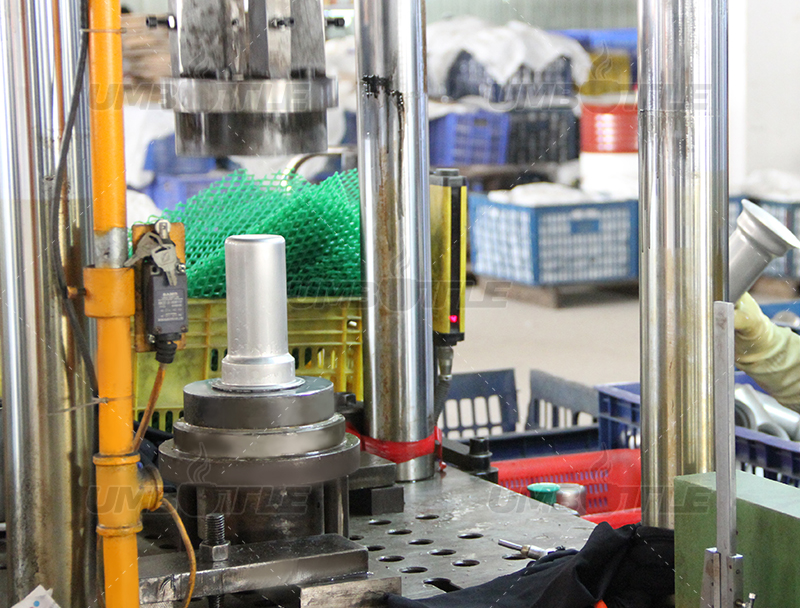Comparison of Stainless Steel Production Processes: Stretching vs. Spinning
Stainless steel is a commonly used material in the production of various products, including kitchenware, water bottles, and cutlery. In the stainless steel production process, two commonly used processing methods are stretching and spinning. This article will provide a detailed comparison of the advantages and disadvantages of these two processes.
Stretching Process:
The stretching process involves thinning stainless steel sheets by stretching them and then stamping them into the desired shape using molds. This process has several advantages and disadvantages.
Advantages:
High Precision: The stretching process allows for precise dimensional control, resulting in products with regular shapes and consistent sizes.
Increased Strength: Due to the deformation during stretching, the crystal structure of stainless steel can be optimized, thereby enhancing the material's strength and durability.
Suitable for Complex Shapes: Stretching can produce more complex shapes and structures, meeting the design requirements of various products.
Disadvantages:
High Energy Consumption: The stretching process requires a significant amount of energy, making it relatively energy-intensive.
Long Production Cycle: The processing steps in the stretching process are relatively complex, leading to longer production cycles and lower production capacity.
Spinning Process:
The spinning process involves gradually thinning stainless steel discs through spinning and then stamping them into the desired shape using pressure. This process also has its advantages and disadvantages.
Advantages:
Energy-efficient and Environmentally Friendly: Compared to the stretching process, the spinning process consumes less energy, making it more energy-efficient and environmentally friendly.
Faster Production: The spinning process typically allows for faster production, improving production efficiency.
Shorter Production Cycle: Due to the simplicity of the processing steps, the spinning process often results in shorter production cycles, contributing to higher production capacity.
Disadvantages:
Shape Limitations: The spinning process may have limited capability in manufacturing complex shapes and structures compared to the stretching process.
Lower Strength: Because the crystal structure of stainless steel changes less in the spinning process, the material's strength may be relatively lower.
In summary, both the stretching and spinning processes have their respective advantages and limitations. The choice of which process to use depends on factors such as product design requirements, production cycle, and cost budget. For stainless steel product manufacturers and consumers, understanding the pros and cons of these two processes can help make more informed decisions to achieve optimal production results and product quality.

Dongguan Zhanyi Commodity Technology Co., Ltd. specializes in the production of metal cups, plastic cups, coffee cups, suction mug, lunch boxes, food jar, travel mugs, portable water bottles, sports bottles, home life desktop trash cans, thermos bottles, etc.These products are all our annual exports, and are recognized and loved by the US, Europe, Australia, Japan, South Korea, Taiwan, Hong Kong and other consumers. Support for small quantity order, fast customization.